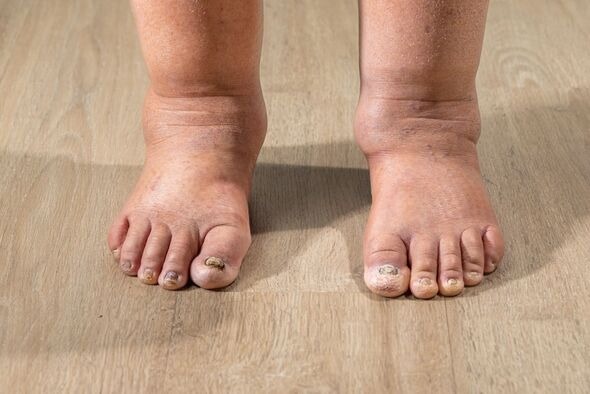Your feet, often overlooked, can be the first indicators of deeper health problems. Medical experts emphasize that symptoms affecting your feet can reflect serious issues such as diabetes, heart disease, thyroid dysfunction, or poor circulation. In this article, we’ll explore scientifically supported signs that may appear on your feet and what they could mean about your overall health.
Changes in Nail Color and Shape
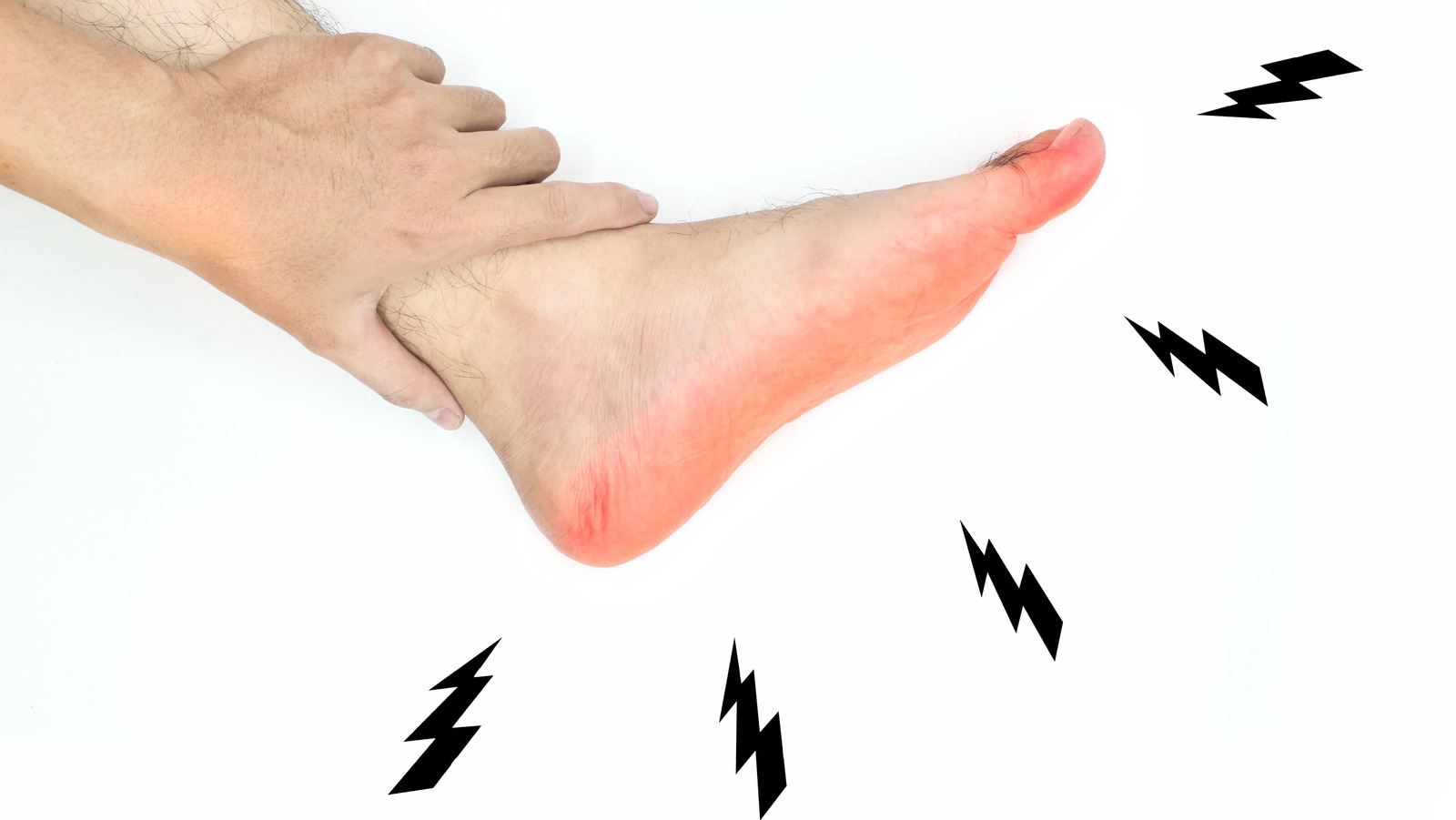
Spoon-shaped Nails
Spoon-shaped nails (koilonychia) curve upward and can hold a drop of liquid. This abnormality is often associated with iron-deficiency anemia. Iron plays a vital role in carrying oxygen throughout the body, and low levels can impact nail growth and structure. If this condition is observed alongside fatigue or pallor, it’s time to consult a doctor. In rare cases, spoon nails may also be linked to heart disease or hemochromatosis—a disorder where the body absorbs too much iron.
Yellow or Thickened Toenails
Thick, yellow nails may indicate a fungal infection, but they could also signal conditions like psoriasis or thyroid disease. People with compromised immune systems, such as those with HIV or diabetes, are especially vulnerable. Persistent nail changes often suggest chronic issues that require antifungal treatment or even systemic therapy. It’s also a red flag for lymphedema or respiratory disorders in the case of yellow nail syndrome.
Dark Streaks Under the Nail
A dark line or streak under the nail could result from trauma, but in the absence of injury, it might be a sign of subungual melanoma—a rare but serious form of skin cancer. This type of cancer often goes unnoticed until it has progressed, so any dark or changing streak should be evaluated promptly. Dermatologists may perform a biopsy to rule out malignancy. The prognosis improves significantly with early detection.
Skin Changes and Discoloration
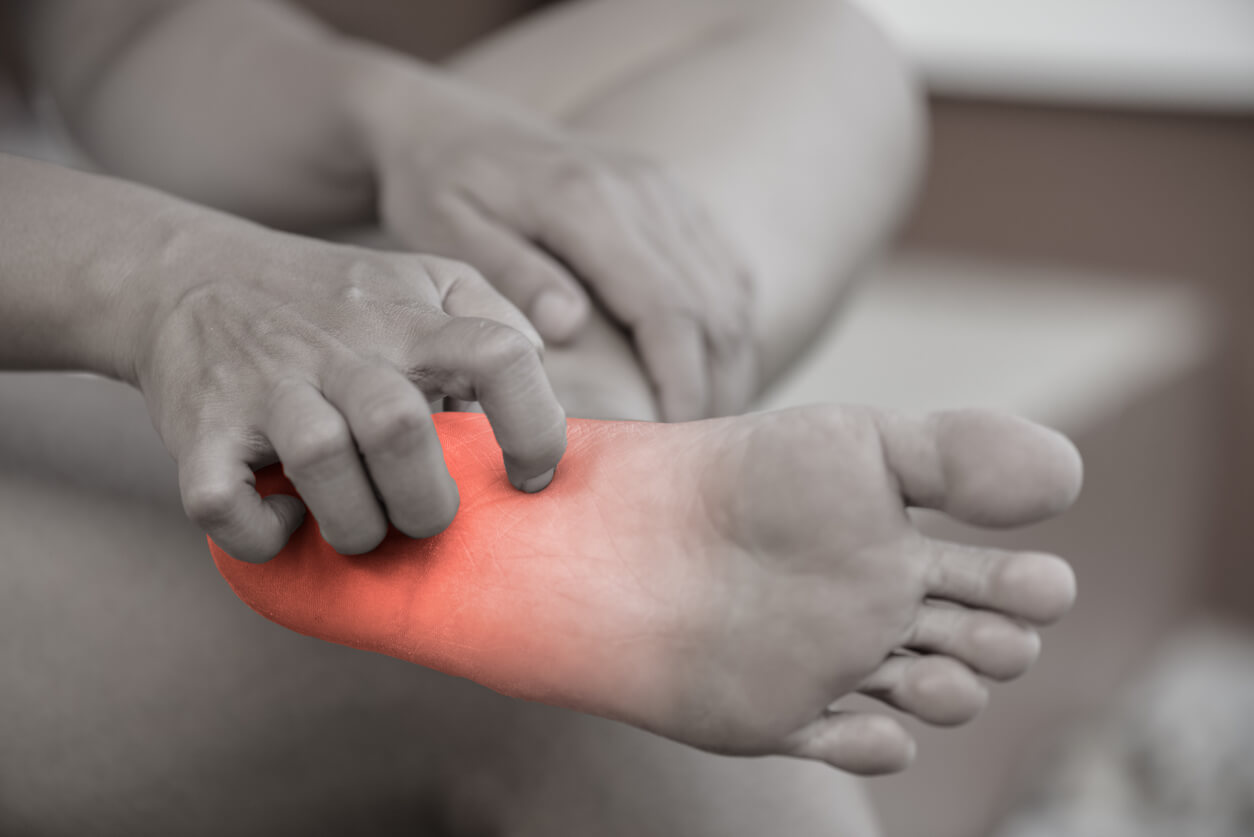
Cold Feet
While cold feet can sometimes result from a cold environment, chronically cold feet may indicate peripheral artery disease (PAD), hypothyroidism, or other circulation problems. PAD narrows the arteries, reducing blood flow to limbs, which makes feet feel cold and sometimes numb. People over the age of 50, especially smokers and diabetics, are at higher risk. If left untreated, PAD can lead to critical limb ischemia.

Redness or Purple Discoloration
A persistent reddish or purplish hue in your feet could suggest circulation issues or vascular disease. When blood doesn’t flow efficiently, oxygen cannot reach tissues properly, leading to discoloration. Chronic venous insufficiency can also cause similar symptoms, along with swelling. This condition is often accompanied by varicose veins and may lead to venous ulcers over time. In severe cases, it increases the risk of thrombophlebitis.
Dry, Cracked Skin
Unusually dry or cracked skin on the feet, particularly around the heels, can be a sign of a thyroid condition. Hypothyroidism slows down metabolism and can reduce sweating, leading to dry skin. In diabetics, similar symptoms can also result from autonomic neuropathy. Cracks in the skin may become entry points for bacteria, increasing the risk of cellulitis or other infections.
Sensation and Pain
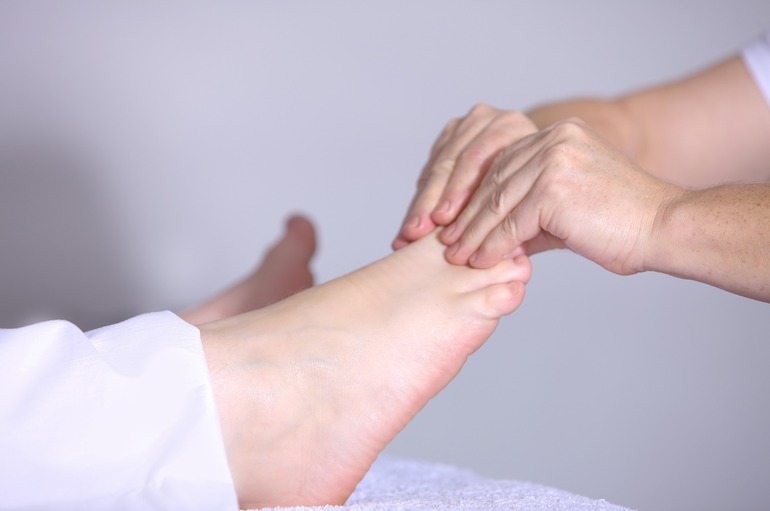
Numbness and Tingling
A common symptom in people with diabetes is peripheral neuropathy, which often starts with tingling or numbness in the feet. This happens due to damage to the nerves caused by high blood sugar levels over time. The sensation may feel like pins and needles or a burning pain. Over time, this can impair balance and increase the risk of foot injuries that go unnoticed, leading to ulcers and infections.
Burning Sensation
Burning feet can result from nerve damage, alcohol abuse, vitamin B12 deficiency, or chronic kidney disease. When kidneys fail to properly filter waste, toxins can accumulate, affecting nerve function. Small fiber neuropathy is a common cause of burning pain and often occurs without significant changes on nerve conduction tests, making diagnosis challenging without a skin biopsy.
Cramping
Frequent cramping in your feet and toes might point to dehydration, electrolyte imbalance, or circulation problems. Inadequate potassium, calcium, or magnesium levels can affect muscle contraction and cause painful spasms. Leg and foot cramps are especially common at night and may be linked to medications such as diuretics. Individuals with PAD may experience cramps after walking short distances—a condition known as claudication.
Swelling and Structural Symptoms
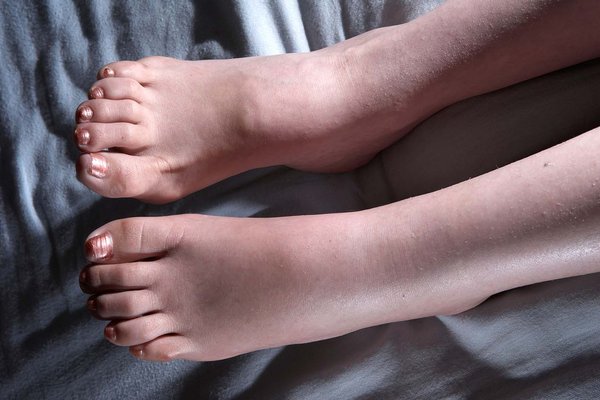
Unexplained Swelling
Foot and ankle swelling (edema) may indicate congestive heart failure, kidney disease, or liver disease. These conditions affect how the body manages fluids, and swelling often occurs when fluid builds up in tissues. Bilateral swelling is usually systemic, while one-sided swelling could suggest deep vein thrombosis. Swelling accompanied by shortness of breath or chest pain should be treated as a medical emergency.
Foot Ulcers
Non-healing sores on the feet, especially in people with diabetes, are warning signs of poor circulation and nerve damage. These ulcers are prone to infection and, if untreated, can lead to amputation. Risk factors include poorly controlled blood glucose, smoking, and prior history of foot ulcers. Preventative foot care and regular checkups can significantly reduce the risk of complications.
Sudden Pain in Big Toe
A sharp, intense pain in the big toe might be gout, a type of arthritis caused by the accumulation of uric acid crystals. The pain often starts suddenly and may be accompanied by redness and swelling. Gout attacks are often triggered by dietary factors like red meat and alcohol. If untreated, chronic gout can cause joint deformities and tophi—hard deposits of uric acid.
Deformities and Physical Appearance

Bunions and Hammertoes
While often linked to genetics or ill-fitting shoes, bunions and hammertoes may worsen due to underlying joint issues such as arthritis. Painful deformities can alter gait and posture, leading to further complications. Rheumatoid arthritis, in particular, can deform joints in both feet, severely impacting mobility. Surgical correction is sometimes necessary when conservative measures fail.
Loss of Hair on Toes
Hair loss on toes is not just cosmetic. It can indicate poor blood circulation due to PAD. If the blood isn’t reaching the extremities efficiently, hair follicles receive insufficient oxygen and nutrients to survive. This symptom is often accompanied by shiny skin, weak pulses in the feet, and prolonged capillary refill time—hallmarks of vascular insufficiency.
When to Seek Medical Attention
Many of these foot-related symptoms are subtle but significant. See a healthcare provider if you notice:
- Changes in nail color or shape
- Persistent swelling
- Burning or tingling sensations
- Skin discoloration
- Non-healing wounds
- Sudden and unexplained foot pain
Prevention and Foot Health Tips
- Perform regular foot self-checks
- Maintain good hygiene and moisturize dry areas
- Wear properly fitted footwear
- Monitor blood sugar levels if diabetic
- Keep cholesterol and blood pressure in check
- Avoid smoking, which worsens circulation
- Schedule annual foot exams, especially if you have a chronic condition
Ignoring symptoms could allow underlying conditions to progress unnoticed. Being attentive to your feet is a proactive step toward preserving long-term health.
Sources
- Healthline on Koilonychia
- Mayo Clinic on Peripheral Artery Disease
- CDC on Diabetic Neuropathy
- NHS on Swollen Feet
- American Podiatric Medical Association
